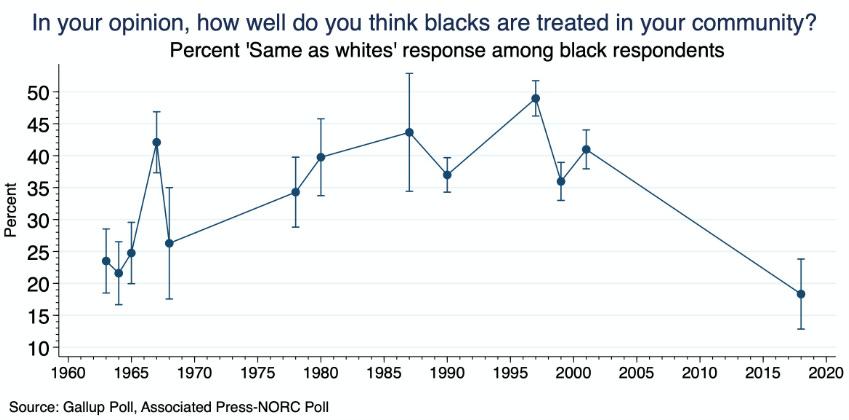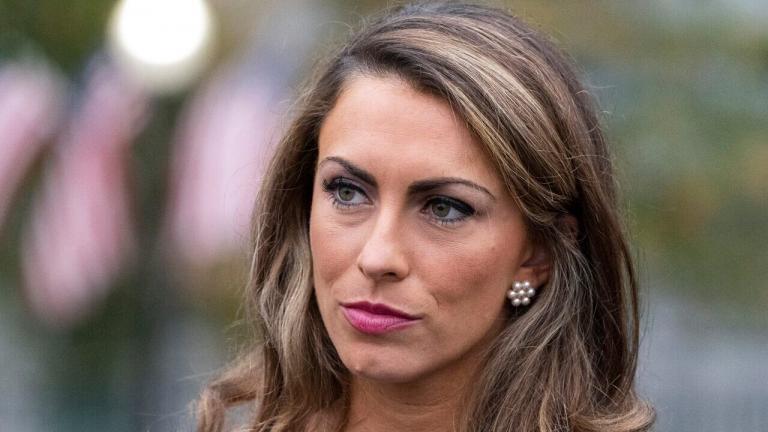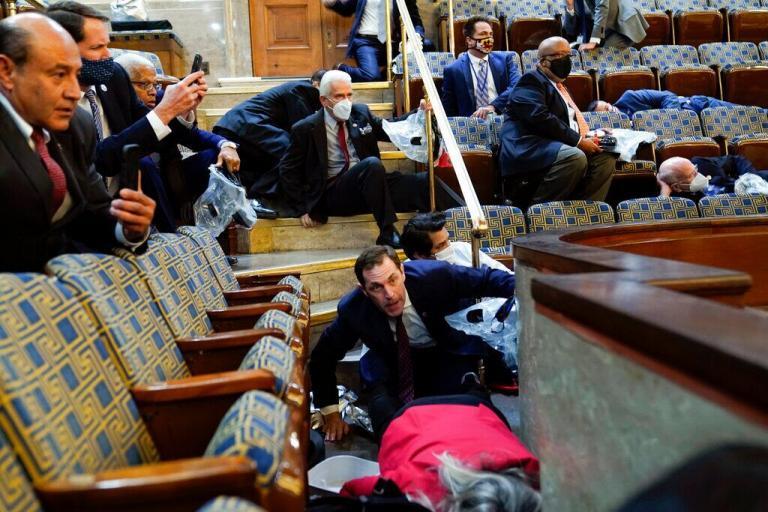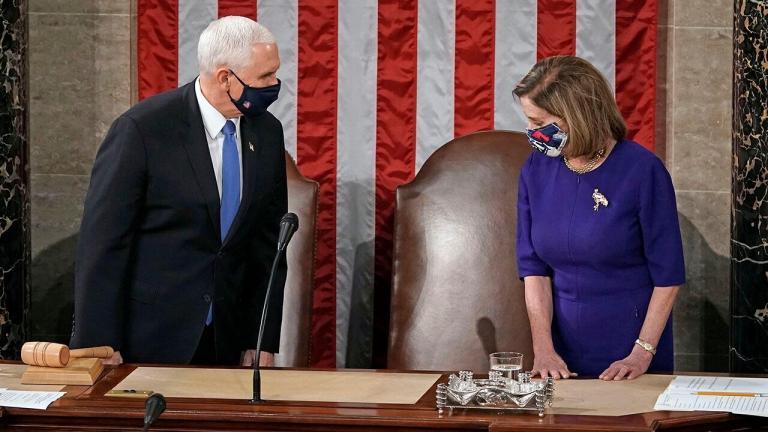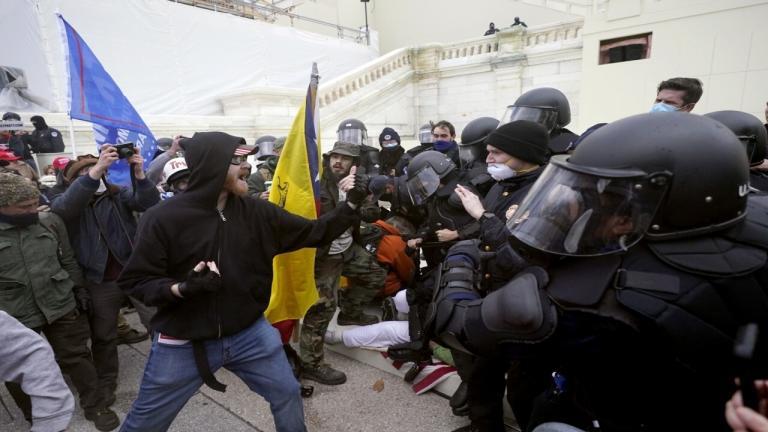The idea that 2013 was more than ten years ago baffles me, but while dwelling on how much time has passed, I was thinking about how that singular year redefined the current state of affairs in America. Since 1968 or even 1945, has a single year seen so much change?
When we look at the landscape of existential crisis facing the American public, a few things stand out: loneliness, mental illness among the young, the Great Awokening, and political polarization. Obviously, these aren’t the only political issues facing the United States. We have a broken border and out-of-control spending, but these issues are at the root of many of our social conditions.
2013 wasn’t the year these problems started, but it was the point of no return, at least no return that I can see. Although many of these issues are political, politicians aren’t responsible for this turning point – so much to some people’s chagrin, this won’t be a tirade on Obama.
Why was 2013 so important? It was the first time a majority of Americans had a smartphone, and the first time the iPhone became available on all cell phone providers’ plans. It was the first time a supermajority of Americans were on social media. And it was the year that the media began their Great Awokening, whereby all news centered around race and racism. All these technological and social advances fed into one another to further drive Americans apart.
There’s now a wide body of scientific literature showing that smartphones, combined with social media, are linked to anxiety, depression, and social contagions among teenagers, especially teen girls.
From 2010 to 2019, as smartphones and social media became more commonly used, rates of depression in adolescents rose more than 50 percent. The suicide rate rose 48 percent for adolescents ages 10 to 19. For girls ages 10 to 14, it rose 131 percent.
Jonathan Haidt noted in the Atlantichow the extreme pivot in most measures of teens’ mental health (which he says began in 2012 instead of 2013) occurred with easy access to social media and the smartphone.
Social isolation wasn’t limited to teenagers; adults became more transfixed in their own worlds. Why hear from your liberal cousin or your conservative uncle when your social media feed could narrowly focus on the politics or worldview you already believe in?
By 2013, 30 percent of Americans, about half of all users nationwide, got their news from social media outlets. This was especially true of Millennials and Gen-Xers, nearly 40 percent of whom received their information from Facebook. Democrats were also much more likely to get their news from social media than Republicans.
This concentration of influence in a tightly controlled algorithm where nearly everything and everyone echoed your political persuasions was just the start of our current era of division, with Americans passing each other like ships in the night. It was the start of a world where we not only come to different conclusions, but live in different realities selected for us by tech overlords who insist we never stop doom-scrolling.
Political polarization obviously didn’t start in 2013; it had been going on for decades, but never has true isolation been available as it was in the hyper-individualistic digital society. Even a viewer watching MSNBC at that time would have to see Pat Buchanan or Ann Coulter make a guest appearance, and a Fox News viewer would see Patrick Caddell or Alan Colmes. Now, not only could you avoid political commentary you didn’t enjoy, but you could also build up your own political sources that were free from the constraints of the cable news industry.
The creation of political social media influencers started around this time, and while they haven’t all been grifters, many have an open relationship with the truth. A business model that only works if people rage-post demands that viewers spend their day in a constant state of disbelief that everyone is corrupt and nothing is working as it once was. Some of that sentiment is true, but a lot isn’t.
The conditions also create a demand for political purity. Had the Salem witch trials occurred in the era of anonymous social media posts, there would have been so many women burned that the state of Massachusetts would have entered a demographic winter.
Accounts, writers, influencers, and journalists who build themselves up by going after the correct enemy—real, overblown, or imaginary—are richly rewarded with thousands or sometimes millions of followers. All of a sudden, people who decided to become journalists weren’t tied to mediocre salaries and small bylines in dying newspapers. You could become a pseudocelebrity, able to warrant book deals, television appearances, and hefty speaking fees if your following became large enough.
It was the ideal moment for the start of the Great Awokening.
Journalists from even reputable outlets started to increase their focus that all inequalities in human life were related to overt racism or unconscious racial bias.
(Source: Zach Goldberg)
Way before Donald Trump allegedly ignited the flames of racial tension with his 2016 presidential campaign, the media was already turning the heat up on the subject.
The media became a powderkeg of racial tension stoked by white liberals, where they were gleefully willing and waiting to declare every institution an irredeemably racist institution in need of being torn down. Liberal readers of these outlets and journalists began seeing the racism they were reading about everywhere.
According to Zach Goldberg, “In 2011, just 35% of white liberals thought racism in the United States was ‘a big problem,’ according to national polling. By 2015, this figure had ballooned to 61% and further still to 77% in 2017.”
White liberals weren’t the only ones affected by this constant news coverage of racism. The percentage of black Americans who believed they were treated the same as whites fell from 40 percent in the early 2000s to just 18 percent in 2018, lower than it was the year before the Civil Rights Act.
When Michael Brown was killed by police in Ferguson, Missouri, the fire was lit; a wave of violence in our cities primarily from young black men followed. White liberals said it would decline if only we defunded our police. The result was devastating: National homicides increased from 14,196 in 2013 to 15,696 in 2015.
The internet may have created a larger world with easier access to more information, but 2013 was the year our world started getting smaller. Living more life online than in person, our politics became more rage-induced, and left-wing obsession over race ultimately created the political and social conditions for defunding the police, wiping away merit, and promoting critical race theory, all in the name of equity.
For the last decade, we have lived in a world created in 2013—as monumental a change as any other year in the last century.
Originally found on American Conservative. Read More

